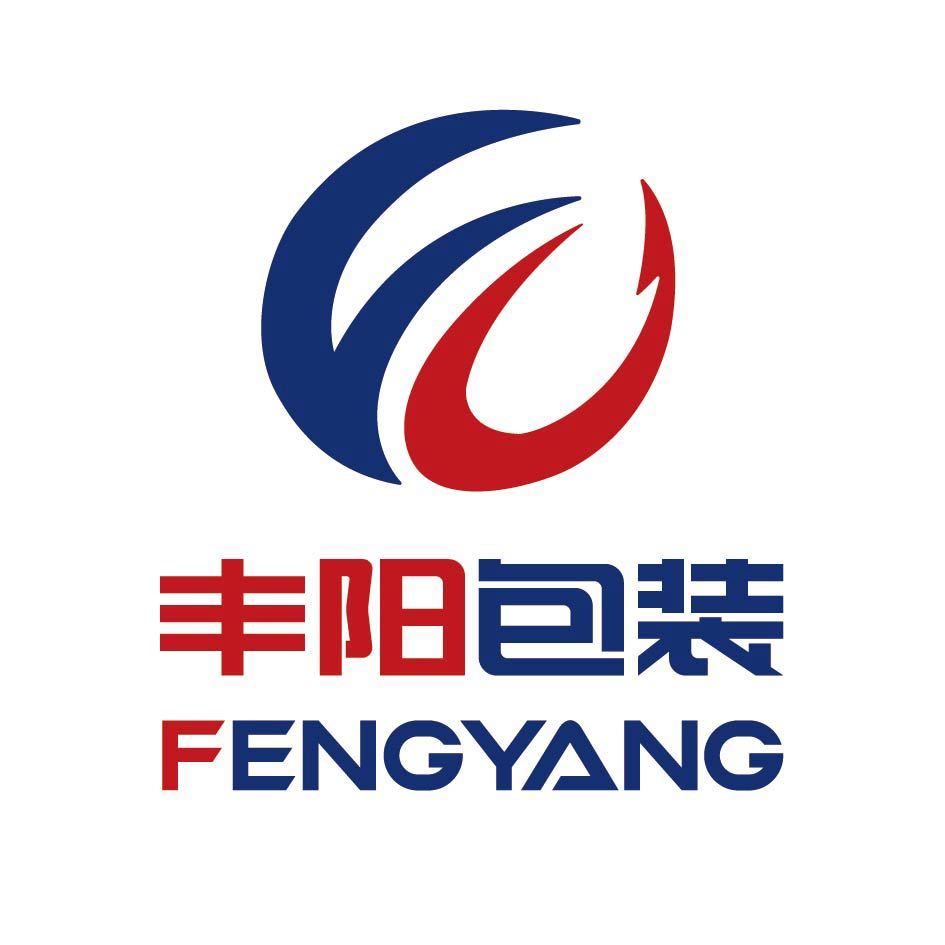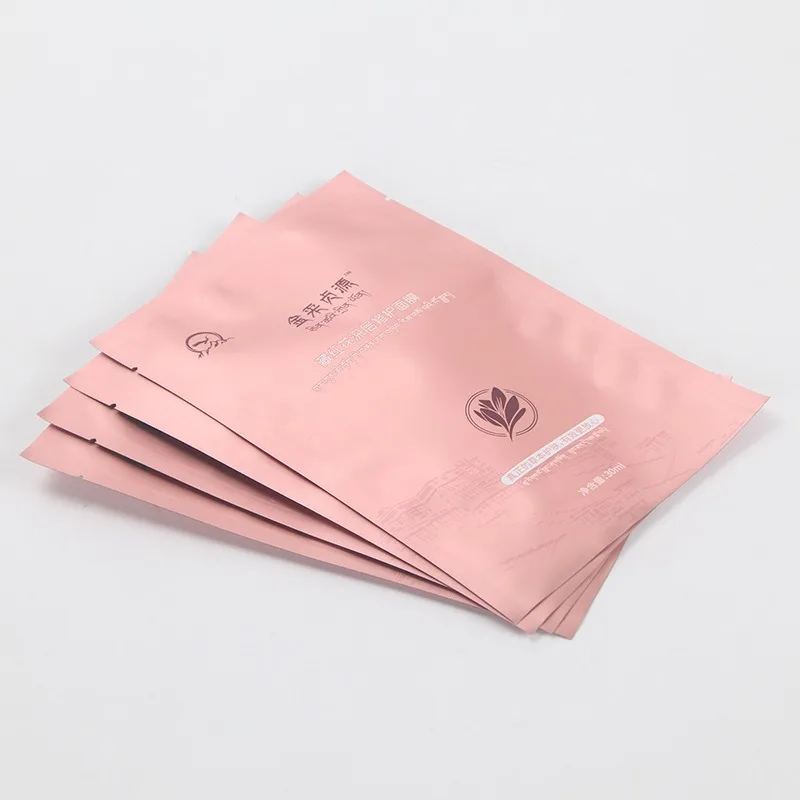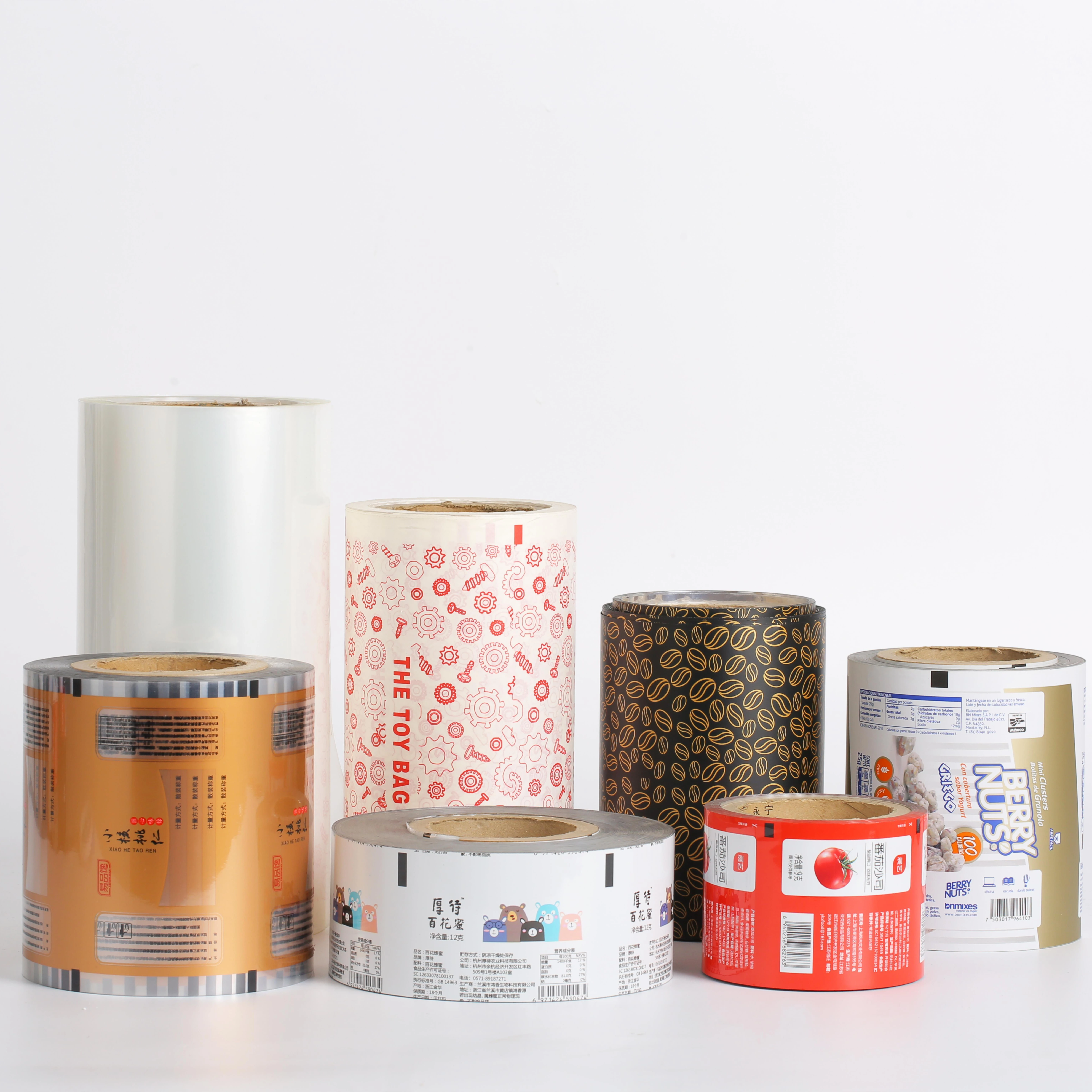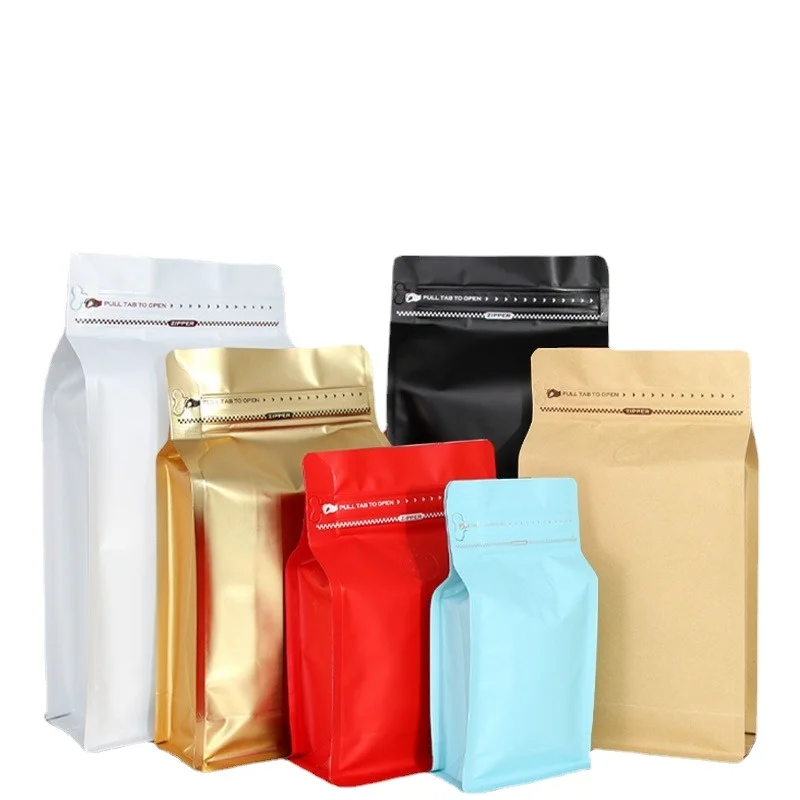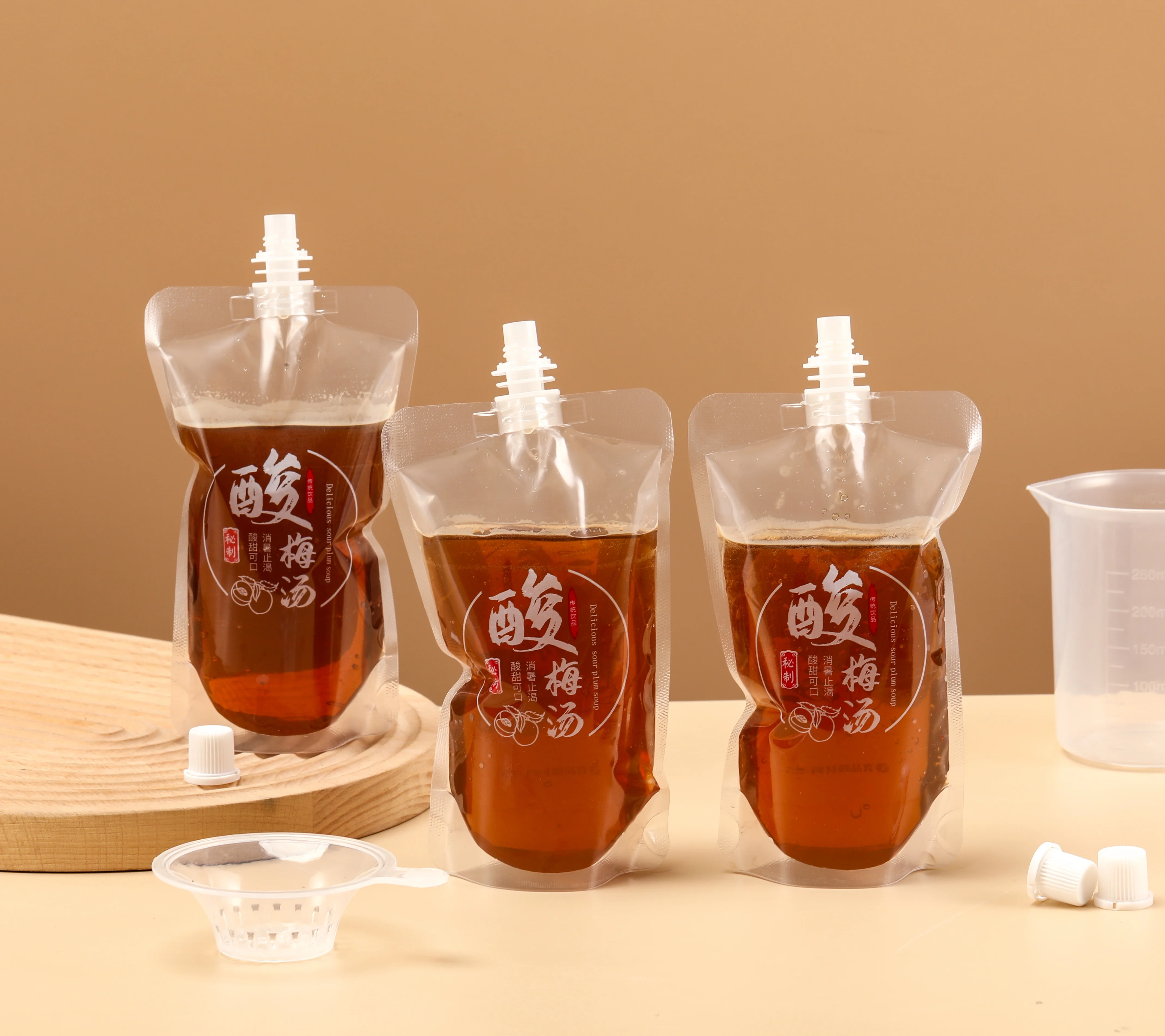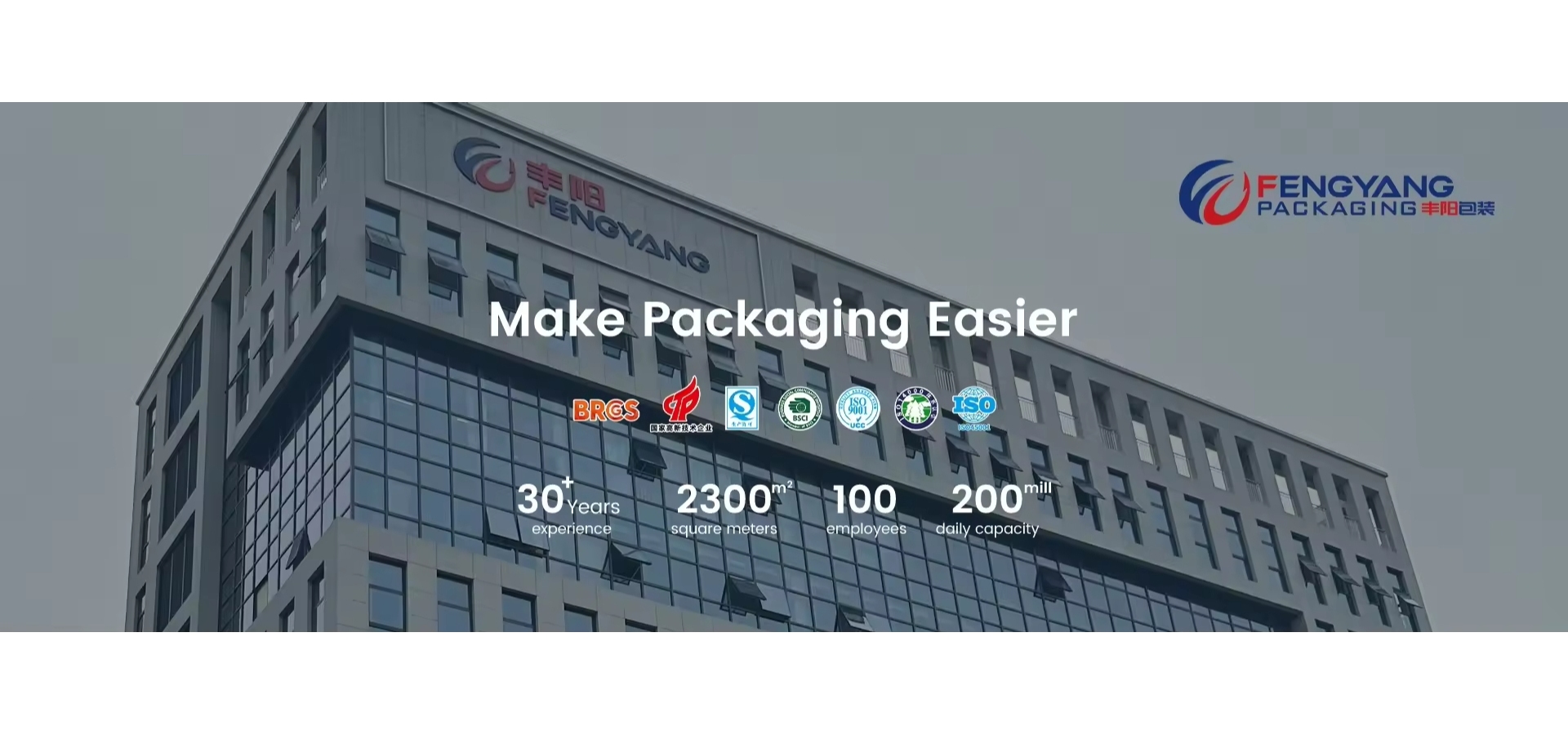
ABOUT
Wenzhou Fengyang Packaging Co., Ltd. is located in Cangnan County, Wenzhou City, Zhejiang Province, China's packaging and printing city. Founded in 2016, the company has a registered capital of 55.51 million yuan, an annual output value of 300 million yuan, a building area of 23000 square meters, more than 100 employees, a team of technical R&D engineers with 10 years of experience, and more than 10 patents for various packaging applications. It is a national high-tech enterprise in China and a technology-based enterprise in Zhejiang Province. The company has been focusing on the research and development and production of functional packaging products such as high barrier, light and heat avoidance, low-temperature freezing, high-temperature steaming, recycling, and degradability. The company has passed IS09001 quality management system certification, IS022000 food safety management system certification, etc. The products have passed multiple authoritative tests such as SGS,BSCI, and the materials comply with US FDA and EU standards. It is a technology-based manufacturing enterprise that integrates research and development, design, production, sales, and service.The company can support OEM, ODM customization, the main production of coffee bags, dog food bags, suction bags, self-supporting zipper bags. The company with excellent quality, good service, timely delivery to win the trust of customers at home and abroad.Thanks for the recognition of domestic and foreign customers, welcome to visit our factory at any time.
PRODUCTS
Green Water Bag Use
Environmental Benefits of Green Water Bags
The most significant advantage of green water bags lies in their reduced environmental footprint compared to their plastic counterparts. Traditional plastic bags persist in landfills for centuries, contributing to plastic pollution and harming ecosystems. In contrast, many green water bags are crafted from biodegradable materials, like cornstarch or plant-based polymers, which decompose naturally over time, minimizing their long-term environmental impact. This biodegradability reduces the strain on landfills and prevents the leaching of harmful chemicals into the soil and water.
Furthermore, the production process of green water bags often involves less energy and fewer harmful emissions compared to the production of plastic bags. The use of recycled materials further diminishes the environmental burden associated with their creation. This reduced carbon footprint is a crucial factor in promoting sustainable practices, aligning with the global efforts to mitigate climate change.
Diverse Applications of Green Water Bags
The versatility of green water bags makes them suitable for a wide array of applications. In developing nations, they serve as a vital tool for water storage and transportation, particularly in regions lacking adequate infrastructure. Their lightweight and foldable nature allows for easy transport and storage, making them highly accessible to communities in need. During natural disasters, such as floods or droughts, these bags provide a readily available source of clean water, aiding in relief efforts and preventing the spread of waterborne diseases.
Beyond emergency situations, green water bags find extensive use in agriculture. Farmers can utilize them for efficient irrigation, especially in areas with limited water resources. The bags can be filled with water and placed near plants, providing a slow and controlled release of moisture, optimizing water usage and minimizing waste. This is particularly beneficial in arid or semi-arid regions where water conservation is paramount.
Moreover, green water bags are increasingly finding applications in urban settings. They can be employed for storing rainwater for later use in gardening or household chores, reducing reliance on municipal water supplies. This promotes water conservation and reduces the overall demand on water infrastructure.
Challenges and Future Prospects
Despite their numerous advantages, the widespread adoption of green water bags faces several challenges. One major obstacle is the higher initial cost compared to traditional plastic bags. This price difference can deter consumers and organizations from making the switch, particularly in resource-constrained environments.
Another challenge lies in ensuring the quality and durability of the bags. While biodegradable materials are environmentally friendly, some may not be as robust as plastic, potentially limiting their lifespan and overall effectiveness. Standardization of quality and performance is crucial to build consumer trust and encourage wider adoption.
Looking ahead, further research and development are needed to improve the cost-effectiveness and durability of green water bags. Exploring new biodegradable and compostable materials, optimizing production processes, and raising public awareness about their benefits are essential steps in promoting their widespread use. With continued innovation and supportive policies, green water bags have the potential to play a significant role in achieving greater sustainability and ensuring access to clean water for communities worldwide.
SUBSCRIBE
INQUIRY
